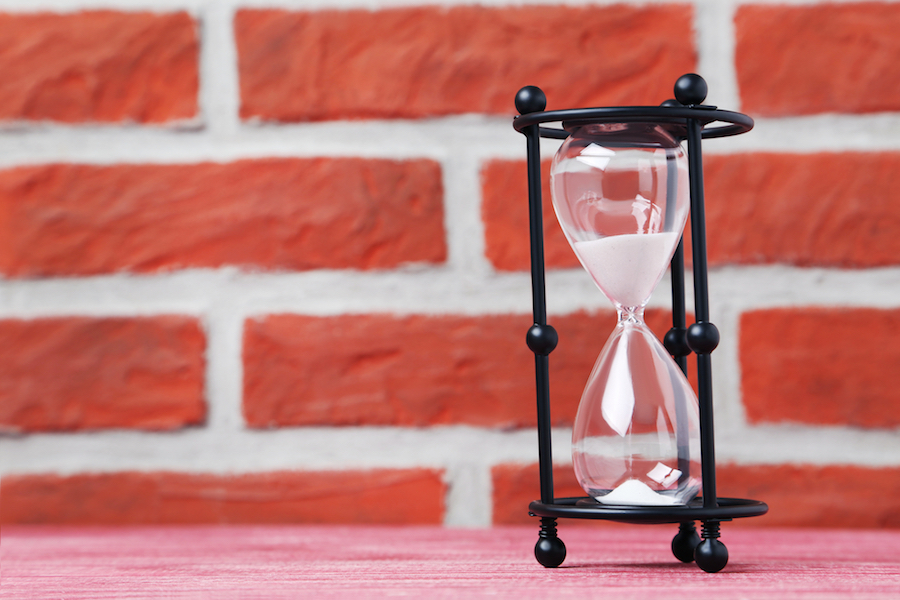The best time for tuckpointing

Weather in the central plains is harsh. Over time, fluctuating between extremely hot and extremely cold temperatures can create wear on your building’s masonry.
While brick and stone can last 100 years or more depending on exterior conditions, the mortar of your commercial building starts deteriorating at 20 to 30 years.
It is essential that you correct mortar issues before they lead to problems with the masonry units themselves. Tuckpointing provides the remedy for the problem.
Identifying the issue
To know if your mortar is a candidate for tuckpointing, look around your building. Look for these issues.
- Receding mortar lines
- Powder around bricks or stone where mortar should be
- Crumbling mortar
Another way to check the integrity of the mortar is to take something metal, such as a flat-head screw driver or a key, and scrape it against the mortar line.
If the mortar crumbles or turns to powder when scraped, it’s time for tuckpointing. Mortar should not powder when scraped.
The best time
Once temperatures stay above freezing for multiple days, this is a great time to schedule tuckpointing. Mortar will not cure correctly in freezing temperatures, so you want to get this taken care of after the last frost in the spring and before the first frost in the fall.
As mentioned above, tuckpointing is essential to maintain the integrity of your brick. Mortar deterioration allows moisture access to the masonry unit, which can lead to problems like spalling, and eventually an unstable brick wall.
You will save time and money in the long run by tuckpointing your brick exterior as soon as you see the need.
The process of tuckpointing
Tuckpointing is essentially replacing the mortar lines around each masonry unit with new mortar. To do this, the old mortar is scraped out and new mortar applied.
A masonry expert will match the new mortar with the existing mortar in between the brick. Using mortar of a different color can change the look of your building and highlight the repair.
The color should be matched to the color of the mortar that is not exposed to the elements. This is the true color of the mortar. Over time, the new mortar will begin to blend with the older mortar as exposure to the elements ages the mortar.
For questions about tuckpointing or any of the other services JK Industries provides, give us a call. We’d love to talk with you about restoring your commercial building.
